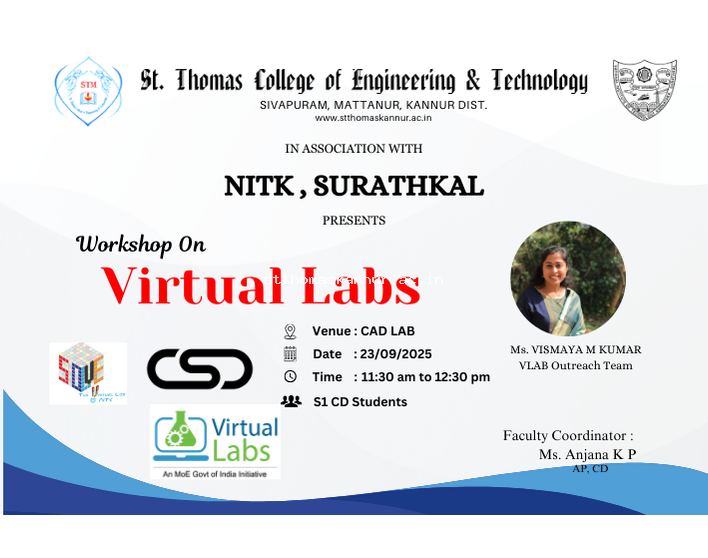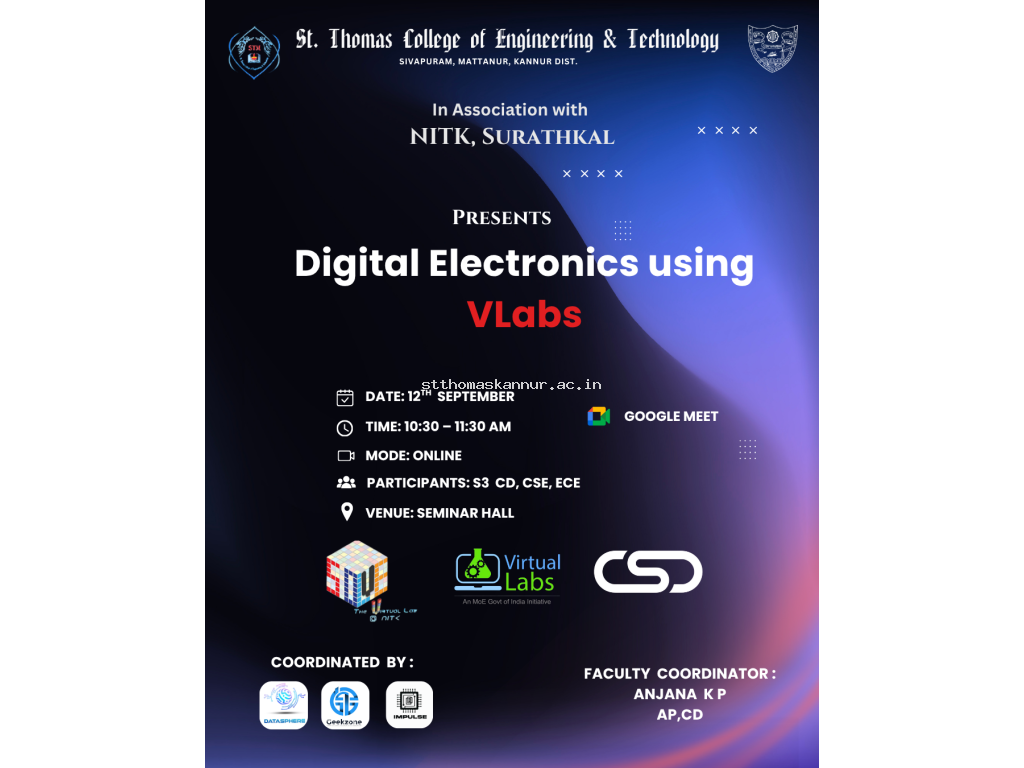
VIRTUAL LAB
Overview
Virtual Labs project is an initiative of Ministry of Human Resource Development (MHRD), Government of India under the aegis of National Mission on Education through Information and Communication Technology (NMEICT). This project is a consortium activity of twelve participating institutes and IIT Delhi is coordinating institute. It is a paradigm shift in ICT-based education. For the first time, such an initiative has been taken-up in remote‐experimentation. Under Virtual Labs project, over 100 Virtual Labs consisting of approximately 700+ web-enabled experiments were designed for remote-operation and viewing. The intended beneficiaries of the projects are:
- All students and Faculty Members of Science and Engineering Colleges who do not have access to good lab‐facilities and/or instruments.
- High‐school students, whose inquisitiveness will be triggered, possibly motivating them to take up higher‐studies. Researchers in different institutes who can collaborate and share resources.
- Different engineering colleges who can benefit from the content and related teaching resources.
Virtual Labs do not require any additional infrastructural setup for conducting experiments at user premises. The simulations-based experiments can be accessed remotely via internet.
Salient Features
1. Virtual Labs will provide to the students the result of an experiment by one of the following methods (or possibly a combination)
- Modeling the physical phenomenon by a set of equations and carrying out simulations to yield the result of the particular experiment. This can, at-the-best, provide an approximate version of the ‘real-world’ experiment.
- Providing measured data for virtual lab experiments corresponding to the data previously obtained by measurements on an actual system.
- Remotely triggering an experiment in an actual lab and providing the student the result of the experiment through the computer interface. This would entail carrying out the actual lab experiment remotely.
2. Virtual Labs will be made more effective and realistic by providing additional inputs to the students like accompanying audio and video streaming of an actual lab experiment and equipment.
LIST OF ALL WORKSHOPS CONDUCTED
1. Online FDP on Virtual Labs
2. Digital Electronics Using VLabs for Circuit Branches
3. Unlocking Virtual Labs for First Year Students




